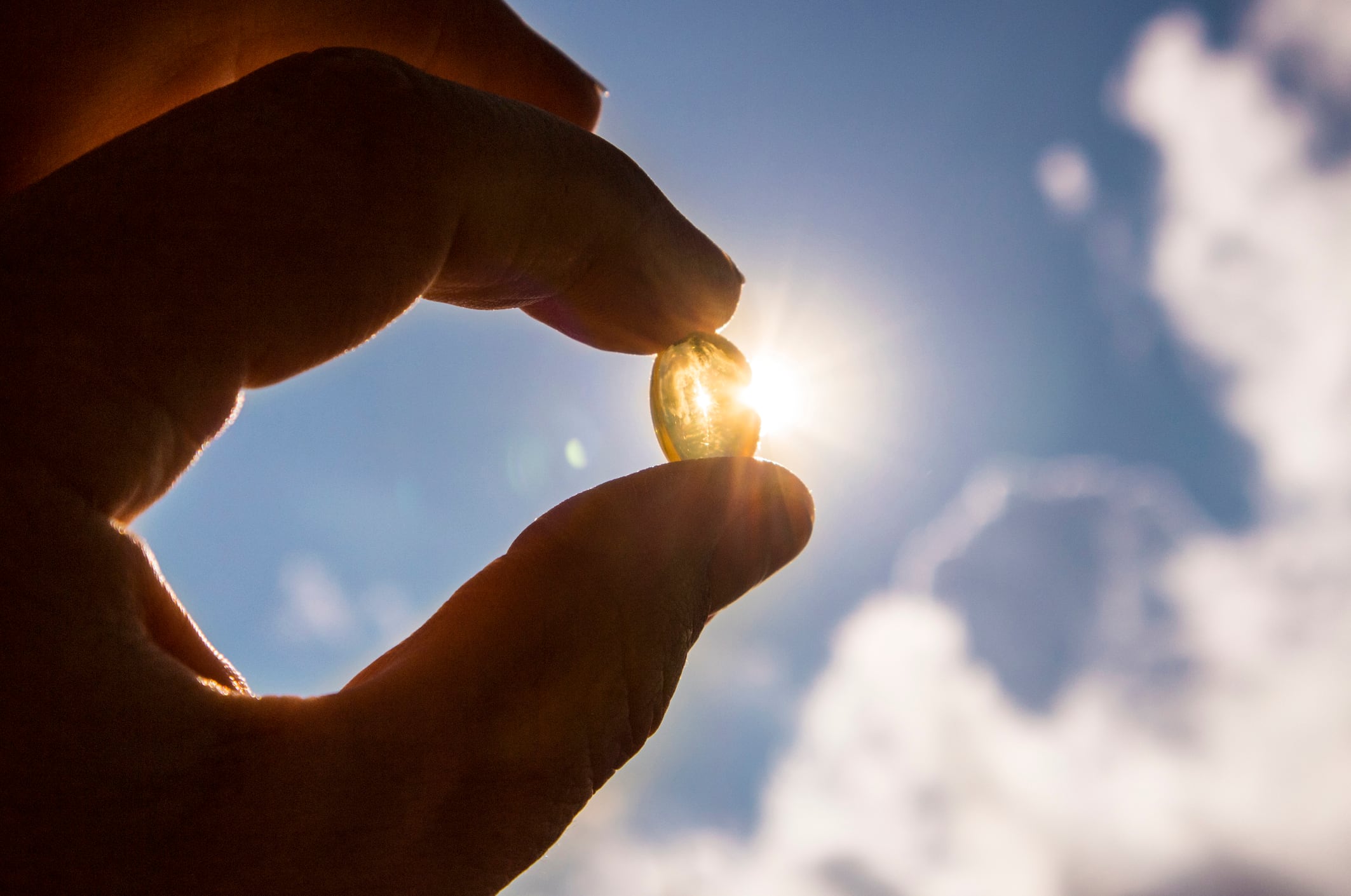The observed therapeutic effects of vitamin D included improved vaginal health through improving pH and epithelial maintenance, urological health by reducing urinary tract infection (UTI) risk, and improving sexual and pelvic floor function.
The Malaysian researchers concluded: “While the findings are not consistently conclusive, they suggest that vitamin D supplementation, whether topically or orally, may offer benefits in improving vaginal symptoms and sexual function and potentially reducing the risk of UTIs.”
“These findings contribute to our understanding of the potential role of vitamin D in promoting women’s health and highlight avenues for future investigation and clinical applications,” they added.
Vitamin D and hormones
The occurrence of menopause with increasing age can result in an array of physiological and cellular changes, which can affect the vaginal epithelium, pelvic floor muscles, and urinary tract. Collectively, these changes are known as the genitourinary syndrome of menopause (GSM), resulting from changing vaginal flora and pH, as well as loss of dermal collagen in the connective tissues of the vagina and bladder.
Resultant symptoms include vaginal dryness, itching and irritation, whilst causing urinary symptoms such as dysuria, increased frequency, and urgency. With growing discussion and research into menopause, there has been a heightened interest in identifying effective natural therapies to alleviate symptoms.
Vitamin D supplementation as an approach for hormonal therapy to treat GSM symptoms has been increasingly investigated over recent years. Its potential efficacy results from the presence of vitamin D receptors (VDRs) within reproductive tissues.
Findings have proven inconclusive from previous studies and there are significant complexities resulting from the effects on menopause on the pharmacokinetics of vaginal dosage forms. Thus, the present review sough to summarise the available evidence on the effects of vitamin D on the vaginal, sexual, and urological functions in postmenopausal women.
NutraIngredients Europe will host its newly branded Active Nutrition Summit in Amsterdam from October 9-11.
An evolution of the brand's prominent annual Sports & Active Nutrition Summit, this year’s event will provide delegates with insights into the increasingly holistic and mass market view of sports nutrition, from some of the leading names in the industry.
Content pillars will cover all the hottest topics in the industry today, including: cognitive health, women’s health, life-stages nutrition, and personalisation.
Findings
The researchers utilised the databases of PubMed and Web of science with the keywords of ‘menopause’, ‘postmenopausal’, ‘vitamin D’, ‘cholecalciferol’, ‘calciferdiol’, ‘vagina’, ‘sexual’, and ‘urinary tract infections’, alone or in combination.
The review highlighted the heightened vitamin D requirements during menopause due to dependence of the VDRs on oestrogen. Following this, it was observed that vitamin D intakes increased the expression of squamous differentiation markers, as well as upregulating genes for epithelial cell junction proteins and thus promoting barrier integrity of the vagina.
In addition, it was noted that the resultant robust vaginal wall helps to regulate the microbial environment, including pH levels. Studies have also highlighted that vitamin D can increase the phosphorylation and inactivation of glycogen synthase kinase that inhibits glycogen synthesis with low oestrogen levels. Thus, Lactobacillus species can metabolise the glucose into lactic and acetic acid to maintain a healthy vaginal pH.
Further benefits to vaginal dryness were reported following the use of a vaginal cream containing 1000 IU of vitamin D and 100 IU of vitamin E, as well as to sexual health following intakes for an eight-week intervention period.
Vitamin D supplementation also may stimulate cathelicidin production in the urinary bladder to prevent UTIs, whilst preventing against pelvic floor disorders (PFDs) due to the presence of VDRs within the bladder wall.
Significance
The researchers note the significant heterogeneity of the included studies and the general lack of research into this area.
They urge for such research to investigate the optimal dosages, treatment durations, and long-term effects to further advance the understanding of vitamin D for menopausal women.
Yet, the report emphasises: “As research in this area continues, there is a potential for vitamin D to support women’s urogenital and sexual health during the menopausal transition and postmenopausal periods.”
Source: Nutrients
https://doi.org/10.3390/nu15173804
“Therapeutic Effects of Vitamin D on Vaginal, Sexual, and Urological Functions in Postmenopausal Women”
by Mohammed M. Hassanein, Hasniza Zaman Huri, Abduelmula R. Abduelkarem and Kauser Baig

